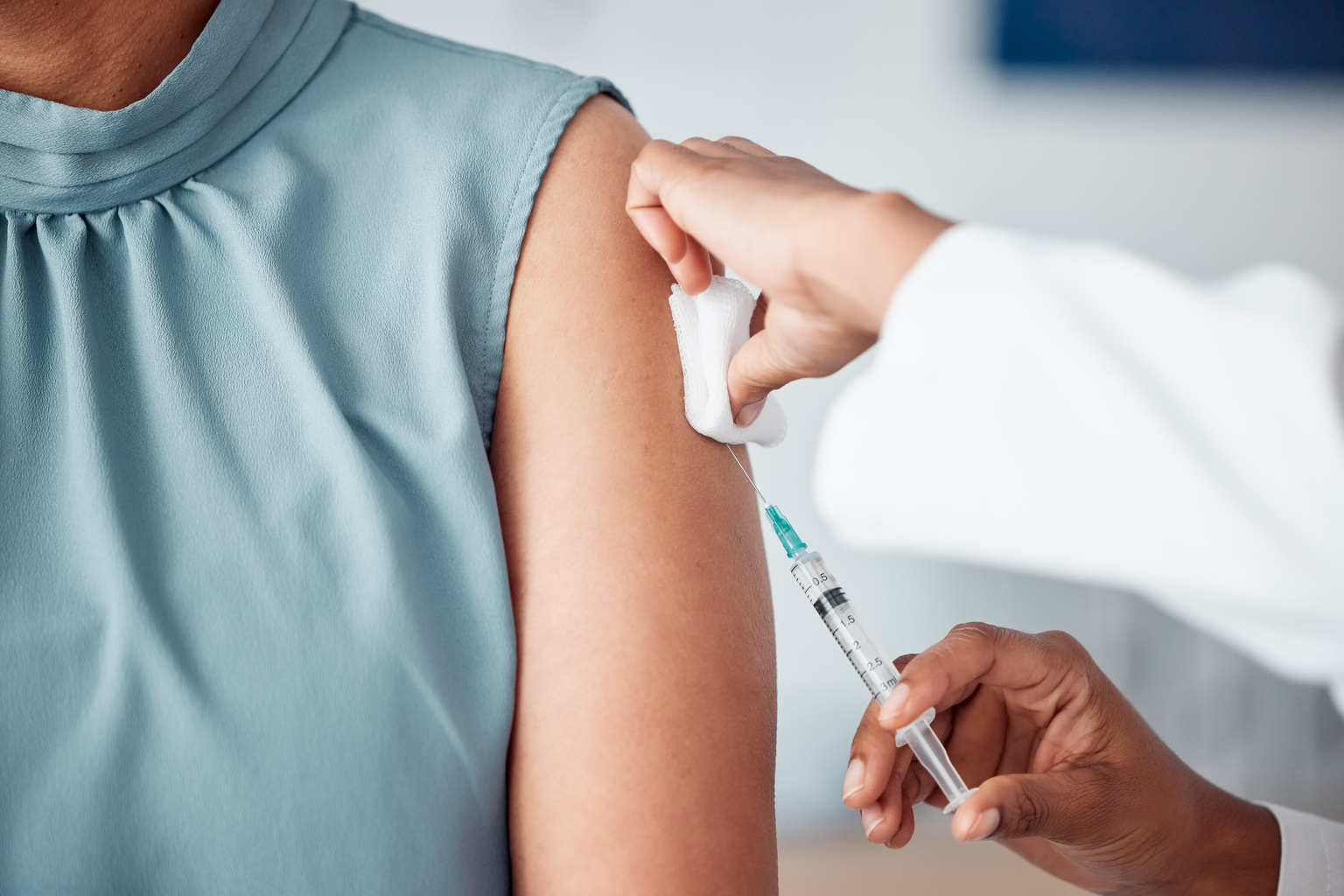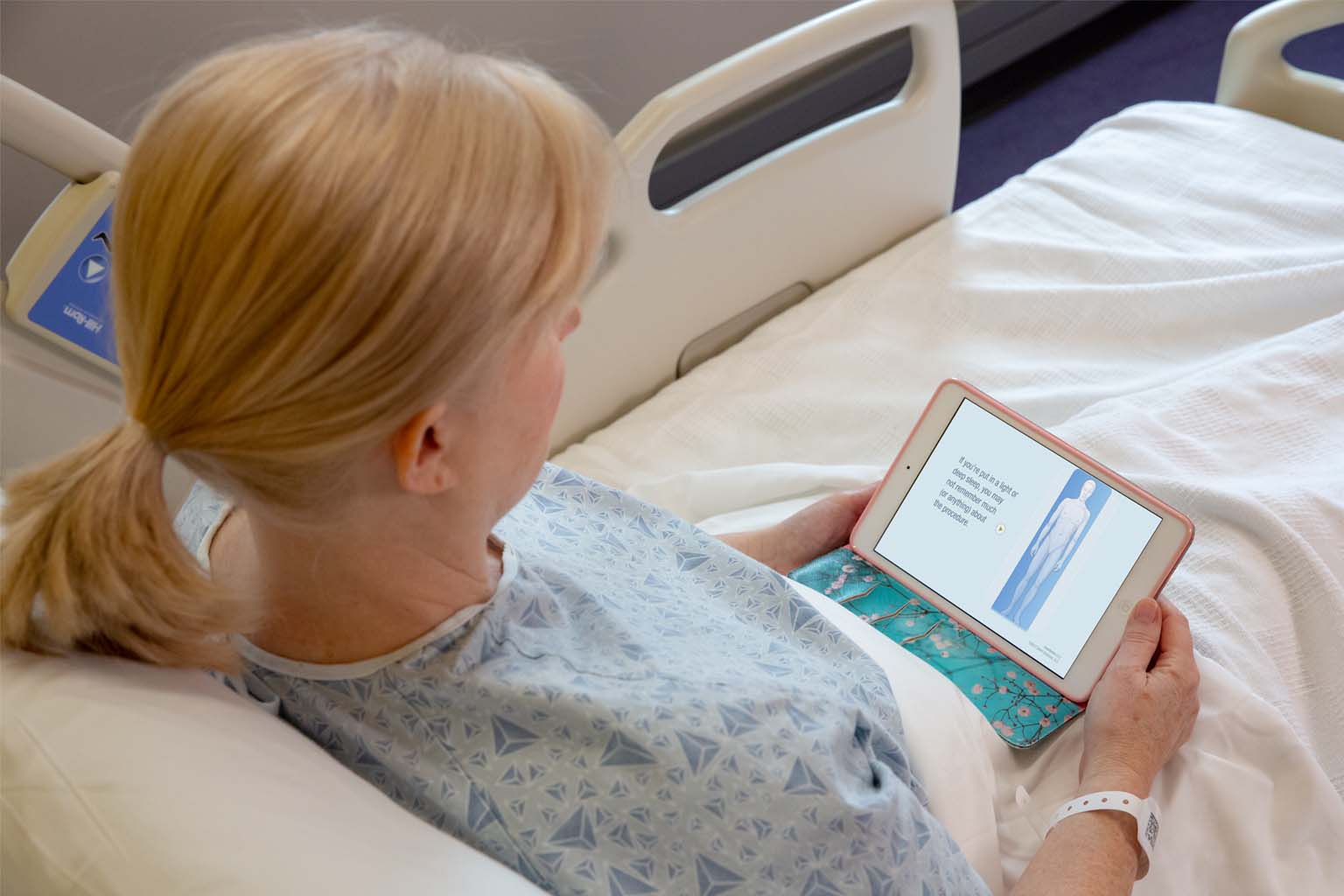Clinicians play a major role in helping patients understand the safety, availability, and benefits of OTC birth control—and the impact to contraception access is significant.
Over-the-counter birth control pills represent a significant shift in the way that patients access contraception. For decades, prescription birth control pills have been the primary option for anyone seeking reliable contraception. However, the process of obtaining a prescription can be costly and time-consuming, especially for those without insurance or in areas with limited access to healthcare.
The first over-the counter birth control pill norgestrel went on sale in March online and in stores in April of 2024—an impactful development in the United States, where over half of the 6.1 million pregnancies each year are unintended. This development in healthcare access shifts the primary care clinician role from prescriber and repositions them as advisors in reproductive healthcare decisions. It also expands access deeper into the healthcare ecosystem, pulling in pharmacy professionals as additional sources of education and advice. Clinician input will become increasingly important as patients shift away from prescription birth control pills and begin to leverage retail pharmacies and drug stores as points of access to contraception. Providers will now work as partners with retailers that provide access to OTC birth control pills in supporting safe and effective use of the drug.
Providers will need to be familiar with the details around OTC birth control, including safety information, how access has helped many patients, and effectiveness.
Understanding the basics of OTC birth control pills
The first over-the-counter birth control pill is a progestin only pill, sometimes referred to as a “mini-pill”. This type of drug (norgestrel) was originally approved in 1973 as a prescription birth control pill. It is the first OTC birth control pill approved for use without a prescription.
The Food and Drug Administration (FDA) has stated that, “when used as directed, daily oral contraception is safe and is expected to be more effective than currently available non-prescription contraceptive methods in preventing unintended pregnancy.”
Safety measures for OTC birth control pills
OTC birth control was approved for nonprescription use by the Food and Drug Administration (FDA) in July of 2023. This means that an applicant demonstrates that a product can be used safely and effectively by consumers, without assistance from a healthcare professional and relying only on nonprescription drug labeling.
The pill should not be used in conjunction with other hormonal birth control products, including intrauterine devices (IUDs), vaginal rings, oral contraceptive tablets, contraceptive patches, contraceptive implants, or contraceptive injections.
Availability and accessibility of OTC birth control pills
Norgestrel is currently available at major retailers, online, and at Opill.com, and is sold in 3- and 6-month supplies.
Indications, contraindications, and side effects of OTC birth control pills
Opill, which is a brand name for norgestrel-only contraceptive pill packs, contains 28 tablets of 0.075 mg of norgestrel. These pills are taken once daily at the same time every day, with no pill-free interval between packs. Clinical studies involving over 21,000 28-day cycles have reported a pregnancy rate of 2 percent. Norgestrel-only pills work by suppressing ovulation, thickening cervical mucus, lowering mid-cycle peaks of follicle-stimulating hormone (FSH) and luteinizing hormone (LH), slowing passage of the ovum through the fallopian tube, and altering the endometrium.




